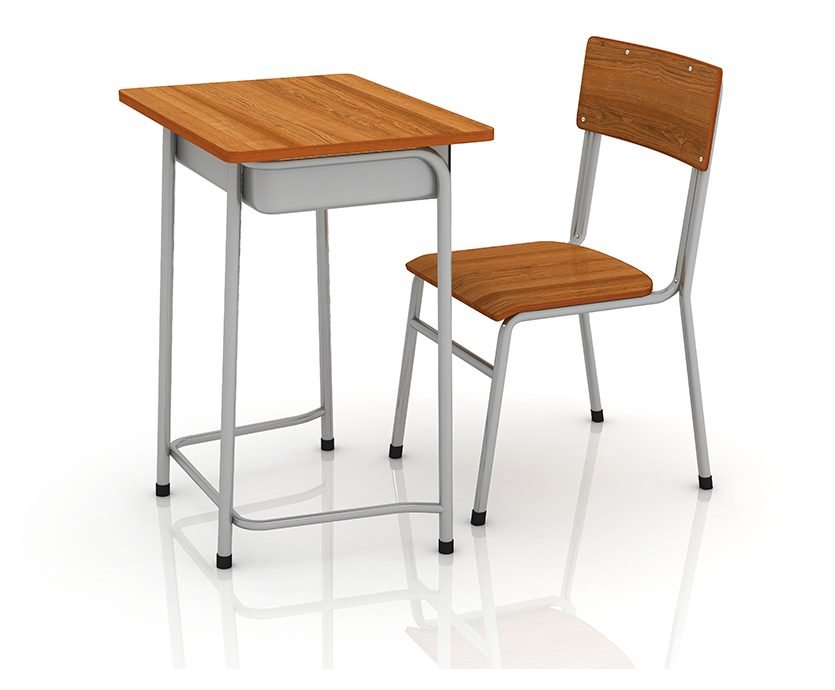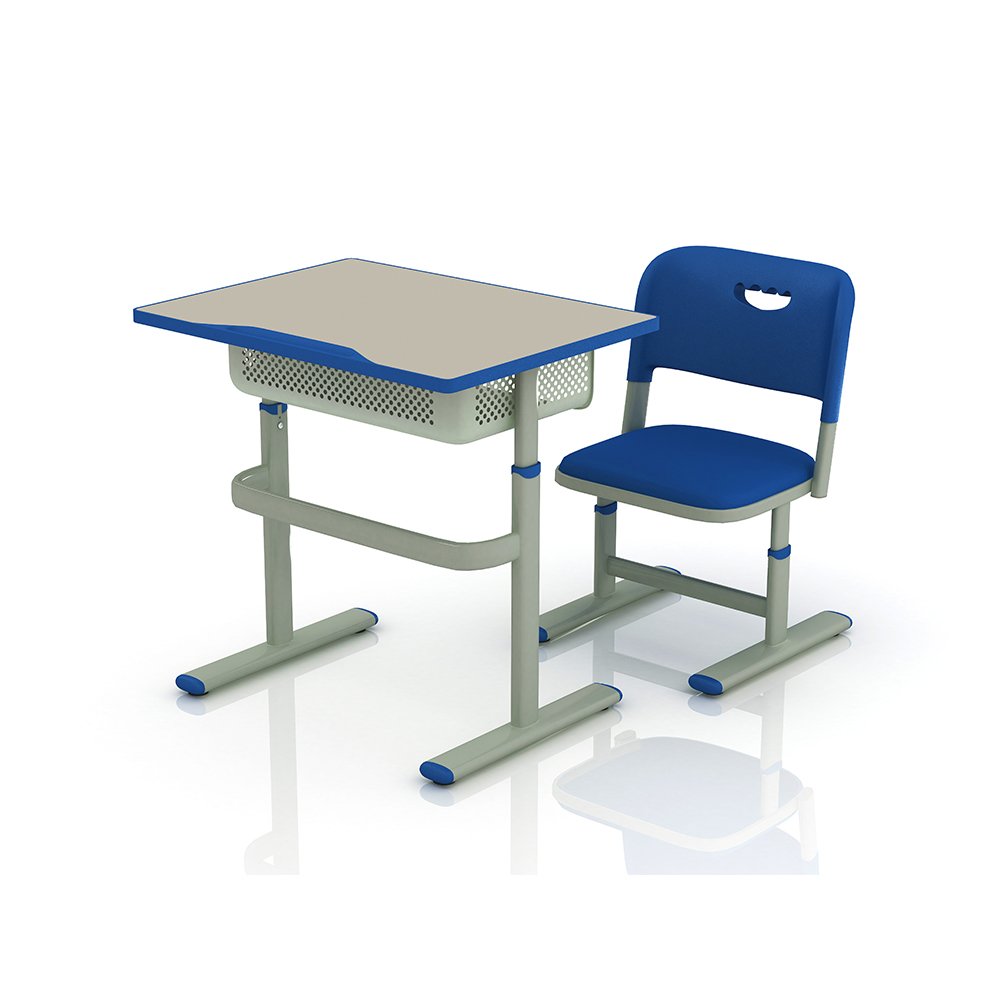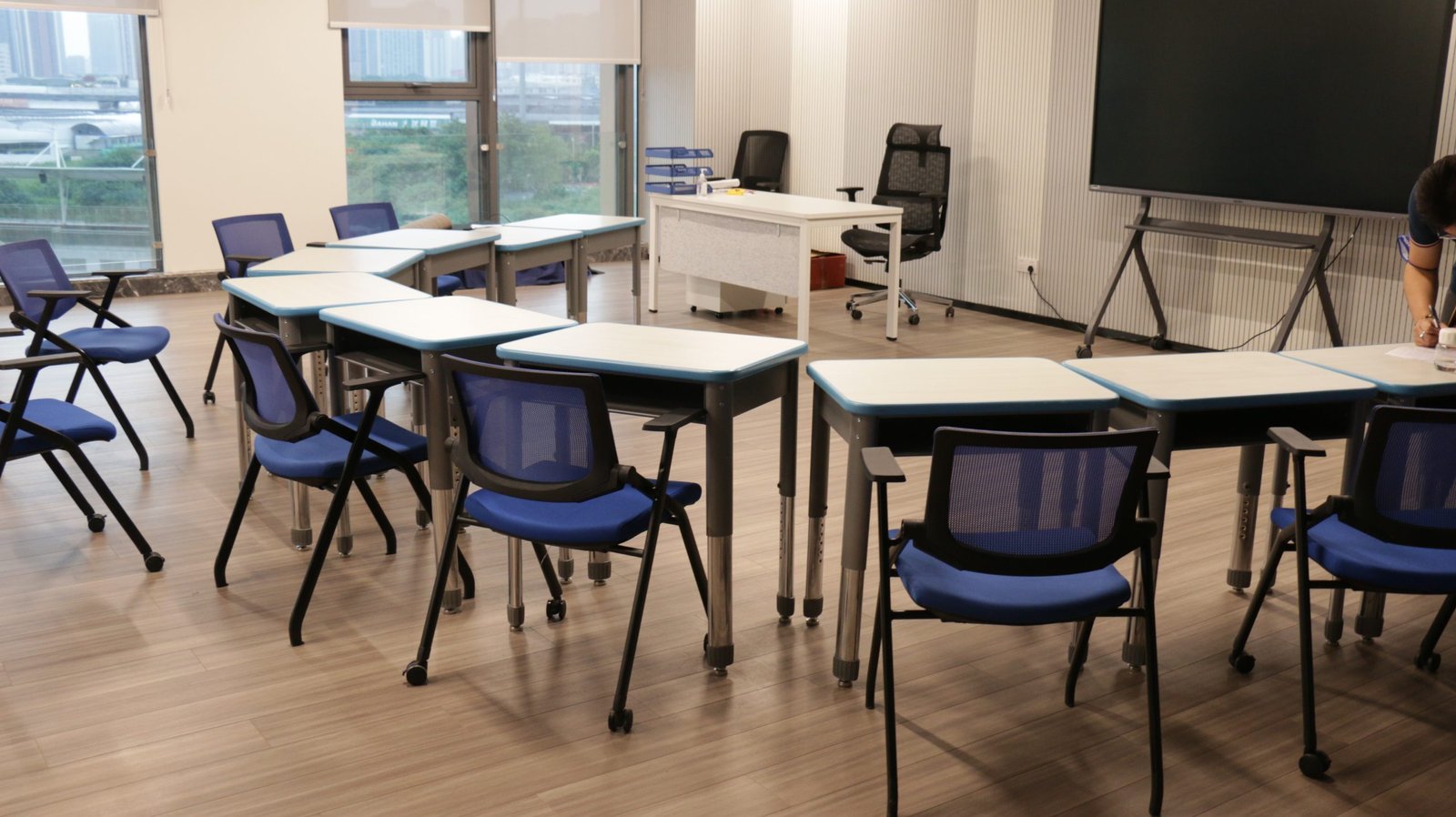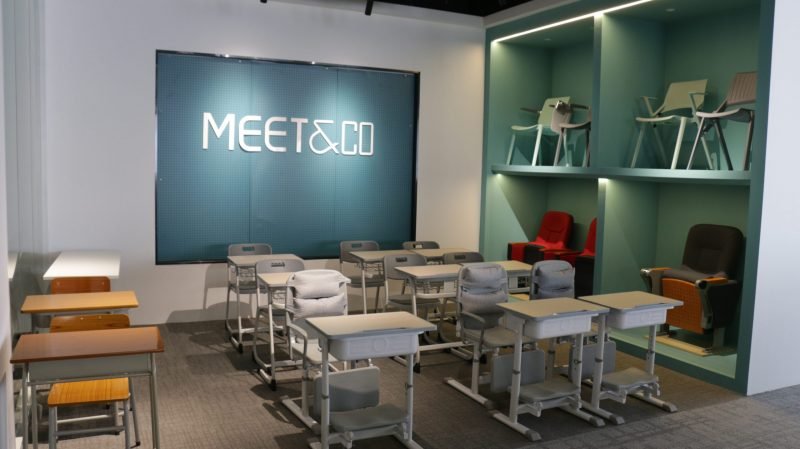High-quality education extends far beyond the curriculum and the dedication of the teachers. The physical environment, especially the furniture, plays a pivotal role in creating an engaging and effective learning space. For primary schools, choosing the right furniture is vital as it directly impacts the students’ comfort, learning, and overall well-being. This blog post guides you through the seven key factors when selecting furniture for primary schools.
1. Understanding the Needs of Primary School Students
Primary school students have unique needs when it comes to furniture. It’s no longer just about providing a place to sit; it’s about creating an environment conducive to growth and learning.

- Comfort: Furniture should be designed to accommodate the varying sizes of students, ensuring that they can sit comfortably for extended periods. Adjustable chairs and desks allow for customization, ensuring that each student’s needs are met.
- Durability: Children can be tough on furniture. Therefore, the furniture should be robust and durable enough to withstand daily wear and tear. This includes being resistant to spills, scratches, and other potential damage.
- Safety: Rounded corners, non-toxic materials, and stable structures are essential to ensure the safety of the students. Furniture should also comply with national safety standards.
- Age-appropriate: The furniture should be appropriate for the age and developmental stage of the students. For example, younger students may benefit from collaborative tables for group work, while older students may need individual desks for focused work.
2. Ergonomics and Student Comfort

Ergonomics is the science of designing and arranging things so that people can use them easily and safely. In the context of primary school furniture, ergonomics is primarily concerned with promoting good posture and reducing the risk of physical discomfort or injury.
Well-designed furniture takes into account the natural curvature of the spine, supporting the back and promoting a healthy posture. This is crucial, as poor posture can lead to various issues such as back pain and strain on the neck and shoulders.
Chairs with adjustable heights and desks with suitable surface heights allow students to maintain a comfortable sitting position, with their feet flat on the ground and their elbows at a 90-degree angle when writing or typing. This not only enhances comfort but also promotes concentration, as students are not distracted by discomfort.
Furniture with ergonomically designed features provides a significant impact on a student’s academic performance and overall health. Therefore, it’s crucial to consider ergonomics when selecting furniture for primary schools.
3. Material and Durability
When it comes to primary school furniture, durability is paramount. The material of the furniture plays a crucial role in ensuring its longevity. Furniture in primary schools tends to undergo a lot of wear and tear due to the energetic environment, thus it’s imperative that they are crafted from materials that can withstand it all.

- Choosing the Right Material: Primary school furniture is typically made from a variety of materials including wood, metal, plastic, and laminates. Each of these materials has its own set of advantages. Wood, for instance, is renowned for its longevity and robustness. Metal, on the other hand, is praised for its strength and durability. Plastic is favored for its lightweight nature and ease of maintenance, while laminates are popular due to their resistance to scratches and stains.
- Durability is Key: Regardless of the material chosen, durability should be a top consideration. Durable furniture can withstand the rigors of a busy primary school environment and offers a cost-effective solution in the long run. Therefore, when selecting furniture, pay attention to the construction details. Ensure that the joints are strong and that the furniture can support the weight of the students.
4. Design and Aesthetics
The design and aesthetics of primary school furniture greatly impact the learning environment. A well-designed and visually appealing learning environment can motivate students, enhance creativity and facilitate effective learning.

- Engaging Designs: Incorporating colorful and engaging furniture designs can stimulate student interest and involvement. Vibrant colors, interesting shapes, and interactive elements can make learning more fun and engaging. However, it’s important to strike a balance. Overly complex or distracting designs could divert attention from learning.
- Aesthetic Consistency: Consistency in design aesthetics across the classroom can instill a sense of order and calm, creating an optimal learning atmosphere. Variations in colors or designs should ideally be kept to specified zones or areas, such as reading corners or activity sections, to avoid creating a chaotic environment.
5. Space Utilization
Efficient space utilization is essential in creating a conducive learning environment. The right furniture can help maximize space, improve organization, and promote flexibility in arrangement.

- Flexible Arrangement: Choosing furniture that allows for a flexible arrangement is crucial. Modular furniture, for instance, can be easily rearranged to accommodate different activities or teaching methods. This ensures the classroom remains versatile and adaptable to changing needs.
- Storage Capabilities: Classrooms are often filled with textbooks, stationery, and learning materials. Furniture with built-in storage, such as desks with drawers or bookshelves, can help keep the classroom tidy and organized, thus creating a clutter-free learning environment.
6. Cost-effectiveness
Balancing quality and affordability is a significant factor in primary school furniture purchases. It’s not just about buying the cheapest option available. Instead, it’s about investing in furniture that offers long-term benefits.

- Quality Over Quantity: Quality should never be compromised for cost. High-quality furniture is typically more durable, thus offering better value for money in the long run. It’s advisable to invest in furniture that might be slightly more costly but can withstand heavy usage and last for years.
- Warranty and Maintenance: Consider furniture providers who offer warranties and good maintenance services. This can save money on repairs and replacements in the future. Therefore, cost-effectiveness is not just about the initial purchase price but also the long-term costs associated with maintenance and durability.
7. Provider Reputation
When choosing furniture for primary schools, the reputation of the provider plays an indispensable role. It’s not just about purchasing furniture, but ensuring an investment in quality and long-term durability. Here are some reasons why you should consider the provider’s reputation seriously.
- Trustworthy Warranties: Reputed providers often back their products with robust warranties. This essentially serves as a promise that the furniture you’re buying is designed to last, and should any issues arise, they will be handled professionally. Thus, the warranty can be seen as a reflection of the confidence a manufacturer has in their products.
- Outstanding Post-Purchase Services: A reputable provider will not just sell you a piece of furniture and then forget about you. They will offer excellent post-purchase services, including customer support, maintenance advice, and potential repairs or replacements when needed. This ultimately gives you peace of mind, knowing that you are well-covered after your purchase.
- Reliability of Furniture: Reputable providers have a history of providing reliable and durable furniture. They have been tested by time and customers, continually proving their worth. With over 15 years of experience in the furniture industry, Meet&Co Office Furniture is committed to providing excellent products. By choosing such providers, you’re not just buying a product, but also the years of research, development, and refinement that have gone into it.
Conclusion
Choosing the right furniture for primary schools is a task that demands careful consideration of various factors. From understanding the unique needs of primary school students to the importance of ergonomics, material durability, design aesthetics, space utilization, and cost-effectiveness – every aspect plays a critical role in shaping a conducive learning environment.
However, it’s equally crucial to not overlook the reputation of the provider. Remember, a reliable provider guarantees quality, offers solid warranties, and ensures exemplary post-purchase services. As you embark on this significant investment, make sure to choose a brand that stands for trust and quality — because our students deserve only the best.
In line with this, Meet&Co Office Furniture, with a decade-long reputation for excellence, can be your trusted partner in providing top-notch, durable, and aesthetically pleasing furniture for primary schools. Contact us today, and let’s start creating innovative, comfortable, and engaging learning spaces together!
